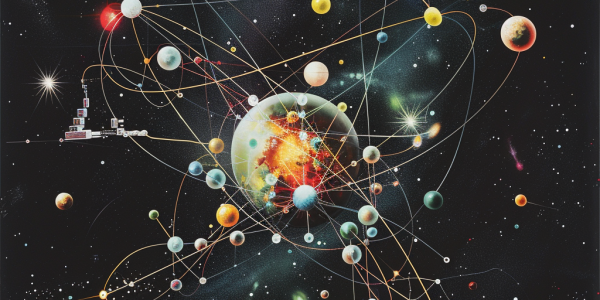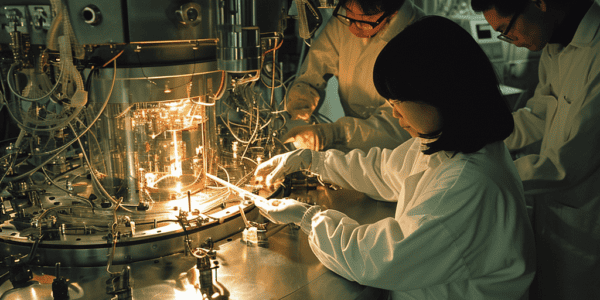Breakthrough in Nuclear Fission Research Reveals Insights on Neck Rupture Phenomenon
Recent research by the University of Washington and Los Alamos National Laboratory has advanced our understanding of nuclear fission, specifically the neck rupture phenomenon. Utilizing the Summit supercomputer, the team conducted the first fully microscopic simulation of this process, offering new insights into the dynamics of fission and the role of scission neutrons. Published in Physical Review Letters, these findings challenge existing theories and highlight the importance of computational physics in exploring nuclear processes, with implications for nuclear medicine and energy generation.
NASA’s Nuclear Thermal Propulsion Aims to Cut Mars Travel Time by 2027
NASA is set to revolutionize space travel with its nuclear thermal propulsion (NTP) system, aiming to halve the travel time to Mars by 2027. In collaboration with DARPA, this groundbreaking technology harnesses nuclear fission for faster, more efficient missions, potentially transforming our approach to space exploration and paving the way for advanced crewed missions to the red planet.
World’s Most Powerful Fusion Machine Inaugurated in Japan
Discover the world’s most powerful fusion machine, the JT-60SA tokamak, inaugurated in Japan with temperatures surpassing the sun’s core. Learn how this advancement in fusion energy research could revolutionize the quest for sustainable, clean, and limitless energy sources, offering a safe and eco-friendly alternative to traditional nuclear power.
Researchers Investigate Tetraneutron Emission in Nuclear Reactor Study
This week, researchers from the Tokyo Institute of Technology have delved into the investigation of tetraneutron emission, a phenomenon that has long been debated within the scientific community. Tetraneutron, an elusive atomic nucleus consisting of four neutrons, has sparked curiosity…




